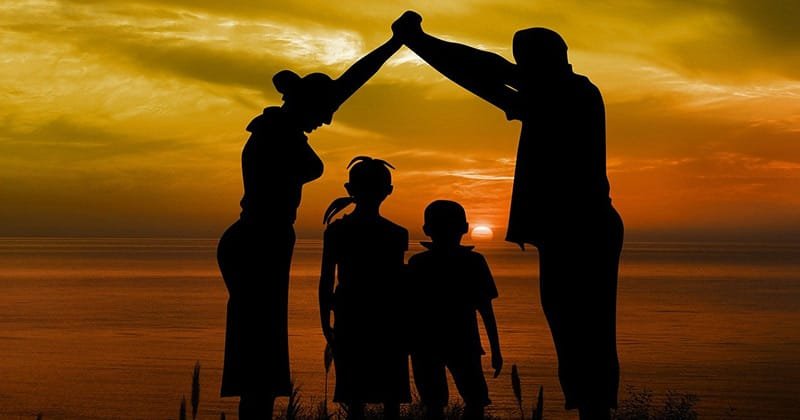Assessing your family’s needs
When you’re first diving into the world of prepping, one of the first and most critical steps is to take a really hard look at what your family specifically needs to stay safe, healthy, and comfortable in various scenarios.
This isn’t and cannot be a one-size-fits-all thing, because people and families are not the same. It’s about getting really granular with the unique needs of your own household. Whether you’re dealing with medical conditions, dietary restrictions, or just figuring out how to keep the kids calm and collected, every detail counts.
Evaluate the basic family’s needs…
Start by evaluating the basics family’s needs: water, food, shelter, and security. One of these, water, is non-negotiable; you’ll definitely need a reliable source and a way to purify it if you find yourself outdoors. For food, you must consider not just quantity, but nutritional balance and shelf life also.
Your shelter needs might vary depending both on your location and the types of disasters you’re most likely to encounter. A simple tent may suffice for some, while other may need something more adaptable to different climatic conditions.
And when it comes to security, think well beyond just physical safety and include health and emotional well-being. If you’re only focusing on physical safety, you may easily overlook specific problems like emotinal stress. It must be included in your assesment and taken preventive care of.
…Then dive into specifics
From there, dive into the specifics for all members of your crew. If someone in your family requires specific medication, like insulin perhaps, how will you ensure a steady supply while on the go? What if your diet requires gluten-free or low-sodium options?
These specific details can dramatically affect your planning and purchasing decisions to fulfill your family’s needs. Also, consider the skills your family members have or could learn additionally. Could someone be the designated first-aider, while having someone else focusing on food preservation and someone else doing the mechanical repairs?

Area specifics
Next, assess your family’s needs and risks specific to your area. Are earthquakes a concern, or is it more about hurricanes or wildfires? Each disaster comes with its own set of potentially dangerous challenges, from basics like water contamination to extensive power outages or very specific evacuation rules.
Mapping out these risks as detailed as possible lets you tailor your prepping plan to what’s most likely to happen, not just what’s most frightening in the abstract. But it’s not always everything just about disasters. Think thoroughly about the everyday emergencies that could throw a wrench in your plans.
Job loss, illness, or even something as mundane as a car breakdown can test your preparedness in ever moment. Your plan should also include financial savings, backup transportation options, and a solid first aid kit, among other things necessary.
Don’t forget to engage your family
Remember to engage your family in this process, because having everyone feel included is one of the basic family’s needs. Everyone should have a role, understand the plan in details, and feel as confident as possible about what to do. This not only ensures that you’re all on the same page but also strengthens your collective resilience and bonds your unit.
Prepping can be a deeply bonding experience, while teaching valuable life skills and fostering a sense of responsibility in younger family members. Remember, assessing your family’s needs and risks is an ongoing process. When children grow older, their abilities and will change, their knowledge will accumulate, and they will be able to accept more demanding roles.
Prepping strategies
As your family grows and changes, so do your family’s needs, and so will your prepping strategies. You must regularly revisit and revise your plan, stay informed about potential threats, and continue learning and adapting together as a unit.
Conclusion
Maintaining this proactive approach not only prepares you for the worst but also enriches your family life, bringing you closer together through shared goals, cooperation and mutual support. In the end, the goal is to have a well-thought-out prepping plan that gives you peace of mind, knowing you’re as ready as you can be for whatever might come your way. Thinking about your family’s needs while prepping is very important.
It’s all about empowering yourself and your loved ones with the knowledge and resources to face any challenge with confidence and fulfill your family’s needs. So take the time, do the work, and build a foundation of preparedness that will keep your family safe, no matter what the future holds.
